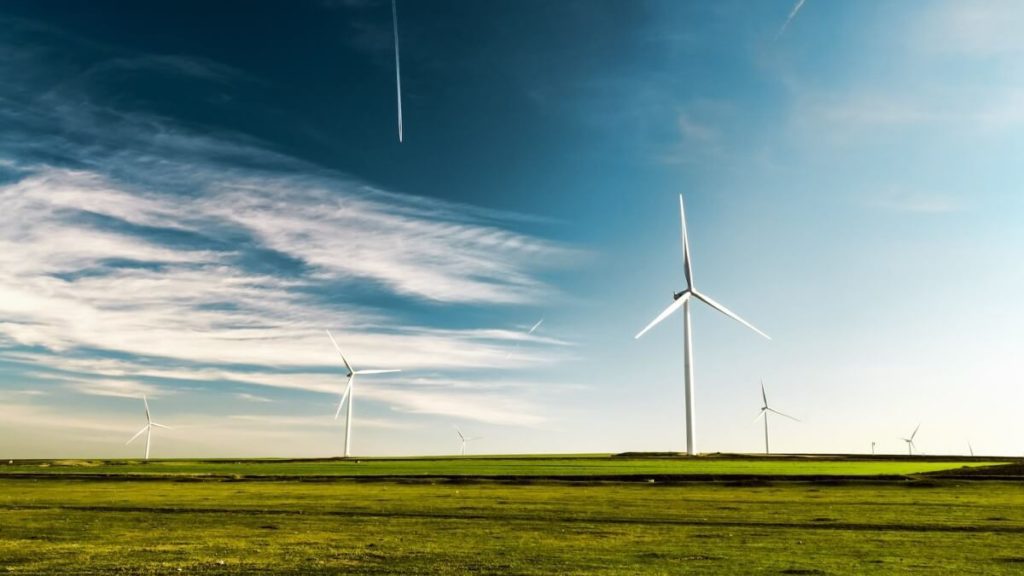
HYPERVSN 3D Catalog
USD 1,200
Qty

HYPERVSN 3D Catalog
USD 1,200
Qty

HYPERVSN 3D Catalog
USD 1,200
Qty
Cart Subtotal:
USD 3,600

HYPERVSN
Marketing Department
During the last couple of weeks, we described many advanced technologies able to change our lives and bring humanity to a better future. But all those endeavours are useless unless we learn how and treat our planet with respect and care. And renewable energy is the right way to make the surrounding environment healthy and sustainable.
Renewable energy comes from sources not depleted by human use, such as wind, solar, hydro, biomass, and geothermal. It has a long history of human use, dating back to ancient times when people used windmills, waterwheels, and wood fires for various purposes. However, it only became a significant part of the global energy mix in the late 20th century, when concerns about fossil fuel depletion, environmental pollution, and climate change increased the demand for cleaner and more sustainable alternatives.
According to the International Renewable Energy Agency (IRENA), renewable energy accounted for 26.4% of global electricity generation in 2019, up from 25.4% in 2018. The main sources of renewable electricity were hydropower (15.9%), wind (6.1%), solar (2.8%), bioenergy (2.5%), and geothermal (0.4%). Renewable energy also contributed to the heating and cooling (10.3%) and transport (3.3%) sectors, mainly through biofuels and solar thermal technologies.
Its future is bright, as more countries and regions are setting ambitious targets and policies to increase their share of renewables in their energy systems. For example, the European Union aims to achieve 32% of renewable energy by 2030, while China plans to reach 35% by 2030 and 80% by 2060. Moreover, technological innovations and cost reductions are making it more competitive and accessible than ever before. According to IRENA, the global weighted average levelized cost of electricity (LCOE) from solar photovoltaic (PV) declined by 82% between 2010 and 2019, while that from onshore wind dropped by 39%. In many cases, renewable energy is now cheaper than fossil fuels.
It has many benefits for society and the environment, such as reducing greenhouse gas emissions, enhancing energy security and diversity, creating jobs and economic opportunities, improving public health and well-being, and empowering communities and individuals.
However, renewable energy also faces challenges and barriers, such as intermittency and variability, grid integration and infrastructure, policy uncertainty and inconsistency, social acceptance and public awareness, and financing and investment. Therefore, it requires a holistic and systemic approach that involves multiple stakeholders and sectors, such as governments, businesses, civil society, academia, media, and consumers.
Renewable energy is not only a source of power but also a source of hope for a better future. It can help us meet our growing energy demand while reducing our dependence on fossil fuels. Using renewable sources, we can reduce our carbon footprint, save money on energy bills, enhance our energy security and independence, and support a green economy and society.




subscribe

USD 1,200
Qty

USD 1,200
Qty

USD 1,200
Qty
Cart Subtotal:
USD 3,600☎️